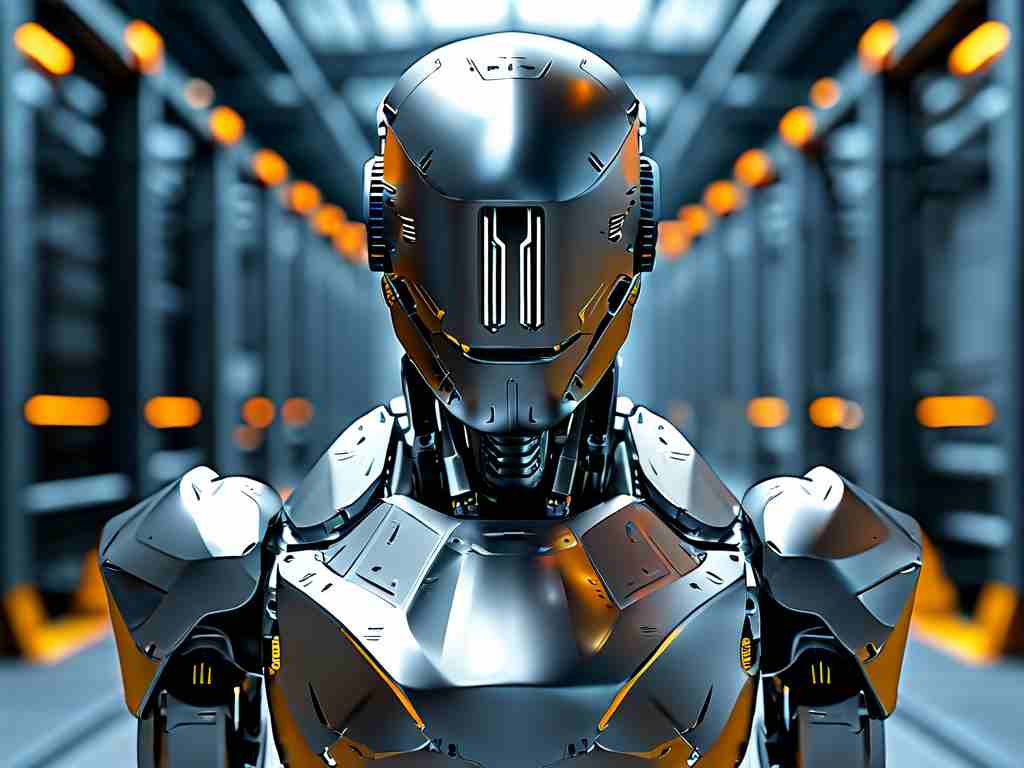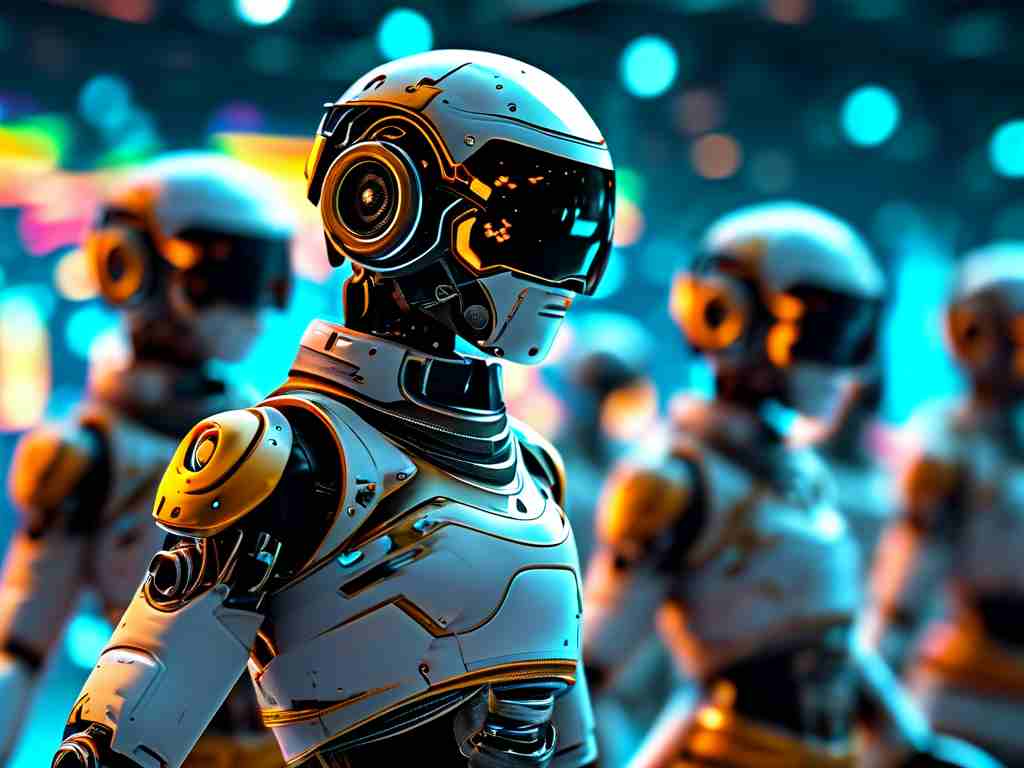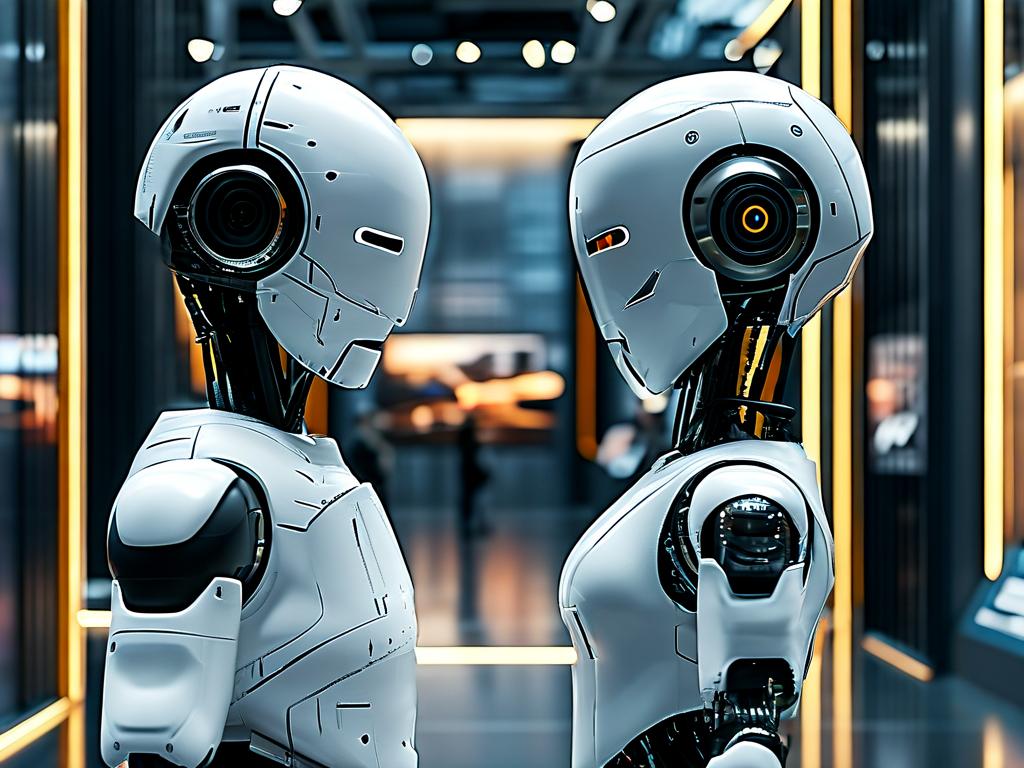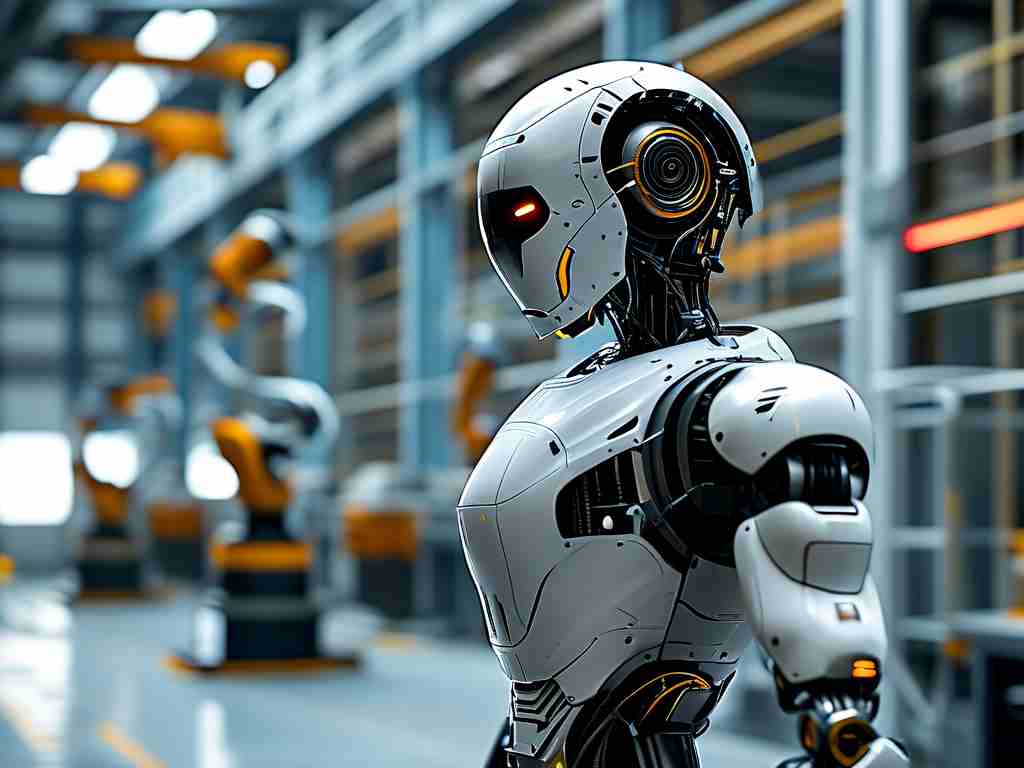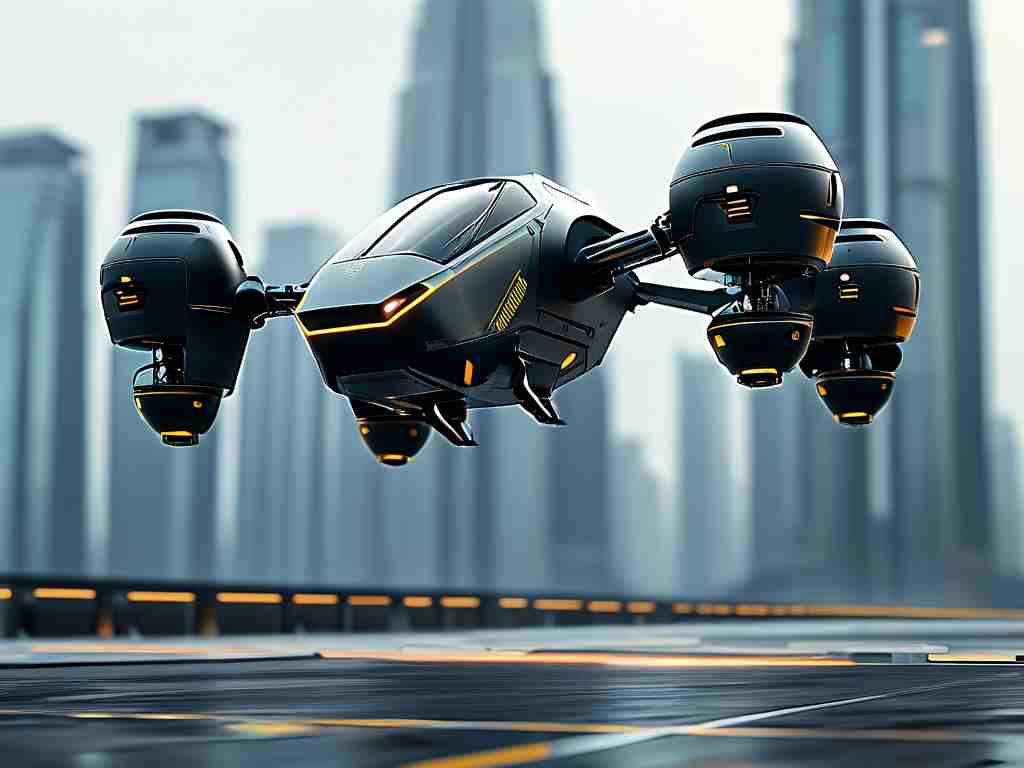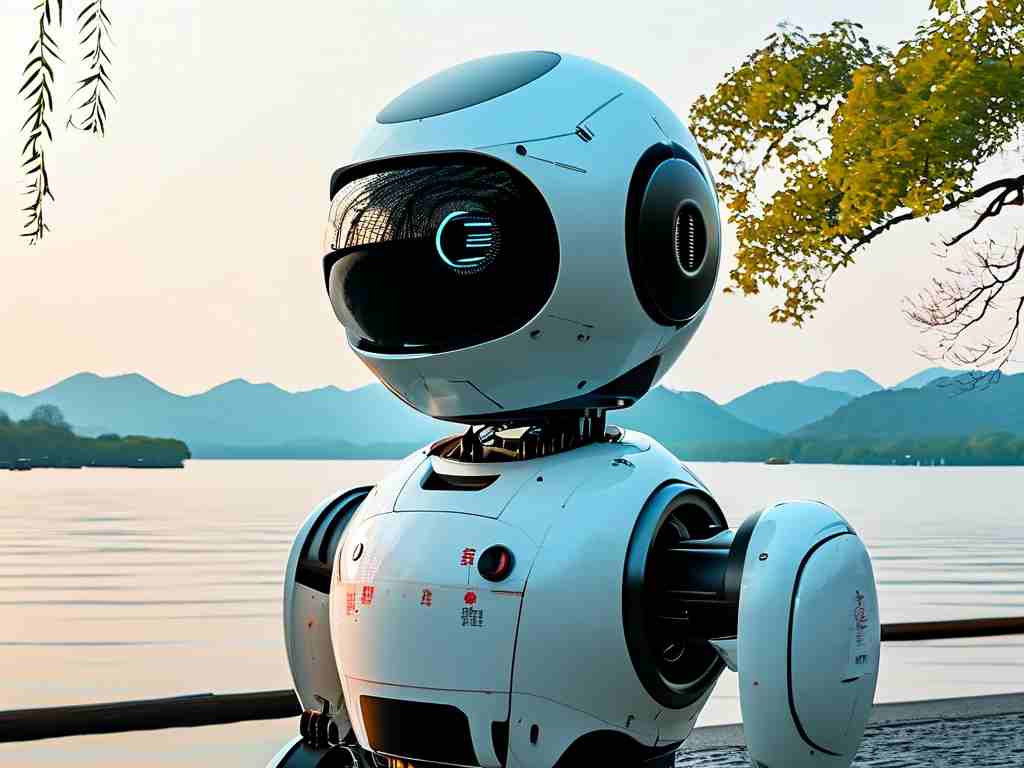In recent years, China’s technological landscape has witnessed groundbreaking advancements, with National Technology emerging as a pivotal player in robotics and artificial intelligence (AI). The integration of robotics into national development strategies underscores the country’s ambition to lead the global AI revolution. This article explores how National Technology’s robotics innovations are redefining industries, strengthening economic resilience, and positioning China as a frontrunner in smart automation.
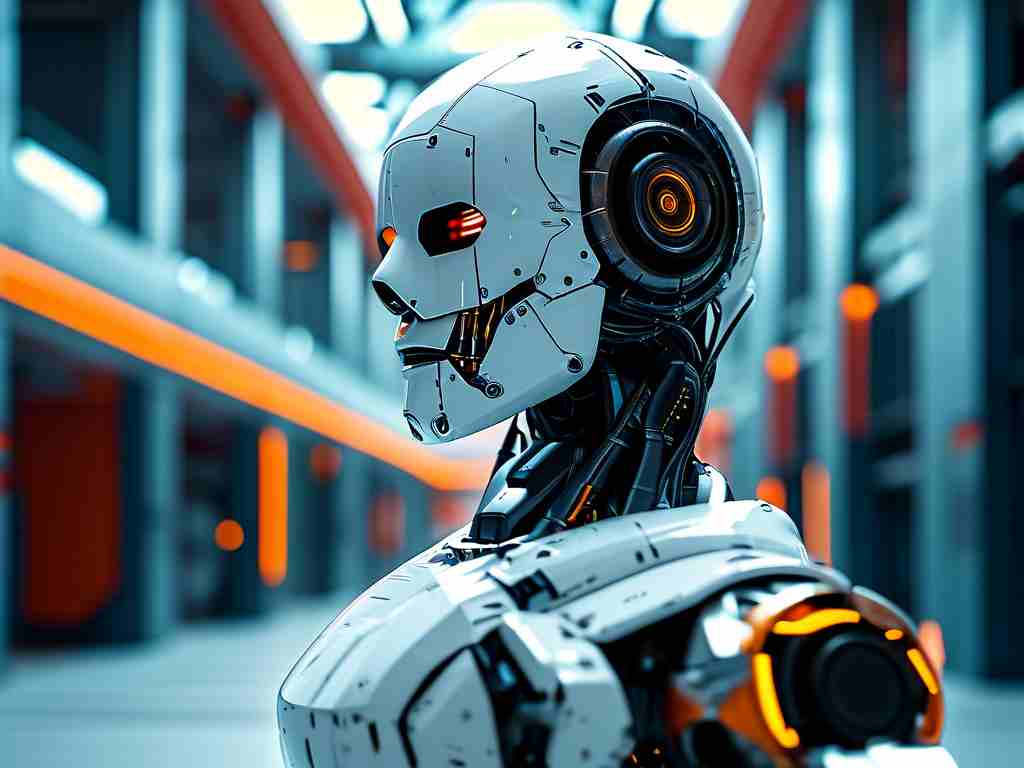
The Rise of Robotics in National Technology’s Portfolio
National Technology, a state-backed enterprise renowned for its semiconductor and cybersecurity solutions, has expanded its focus to robotics. By leveraging proprietary AI algorithms and precision engineering, the company has developed industrial robots capable of performing complex tasks in manufacturing, logistics, and healthcare. For instance, its flagship robotic arm, NT-X1, achieves micron-level accuracy in electronics assembly—a critical capability for China’s booming semiconductor industry.
What sets National Technology apart is its emphasis on "adaptive robotics." Unlike conventional models programmed for repetitive actions, these robots utilize machine learning to optimize workflows dynamically. In automotive factories, NT robots analyze production line data in real time, adjusting their operations to minimize downtime. This flexibility has reduced operational costs by 18% for early adopters, according to a 2023 industry report.
Policy Synergy: Aligning with National Goals
China’s "Made in China 2025" initiative and the 14th Five-Year Plan prioritize robotics as a strategic sector. National Technology’s progress aligns seamlessly with these policies. Government-backed funding has enabled the company to establish R&D hubs in Shenzhen and Shanghai, focusing on human-robot collaboration and swarm robotics. A notable project involves AI-powered agricultural robots designed to address labor shortages in rural areas. These machines autonomously plant, monitor, and harvest crops, boosting yield by up to 30% in pilot farms.
Moreover, National Technology’s robotics division collaborates with universities to cultivate talent. Programs like the "Future Engineers" initiative train students in AI ethics, robotics programming, and hardware design, ensuring a skilled workforce to sustain innovation.
Challenges and Global Implications
Despite its successes, National Technology faces hurdles. Export controls on advanced chips have complicated supply chains, delaying some projects. Additionally, international skepticism about data security in Chinese AI systems poses reputational risks. To counter this, the company has adopted open-source frameworks for its robotics software, allowing third-party audits—a move praised by industry watchdogs.
Globally, National Technology’s advancements signal a shift in tech dominance. Its cost-effective surgical robots, for example, are gaining traction in Southeast Asia and Africa, challenging Western competitors. Analysts predict that by 2027, China could account for 45% of the global industrial robotics market, up from 33% in 2023.
Ethical and Social Considerations
As robots permeate daily life, ethical debates intensify. National Technology advocates for "human-centric AI," embedding safeguards like emotion-recognition sensors in service robots to prevent misuse. However, concerns persist about job displacement. While the company claims robotics will create higher-skilled roles, critics urge stronger policies to reship displaced workers.
Looking Ahead
National Technology’s roadmap includes quantum computing-integrated robots and brain-machine interfaces. A prototype quantum robot, unveiled at the 2024 World AI Conference, demonstrated unprecedented problem-solving speed in disaster response simulations. Such innovations could redefine emergency management and space exploration.
In , National Technology’s robotics endeavors exemplify China’s blend of state-driven strategy and corporate ingenuity. By addressing technical and ethical challenges head-on, the company is not only advancing automation but also shaping a future where humans and robots coexist productively. As global competition heats up, its trajectory offers valuable insights into the transformative power of national-level tech investment.



